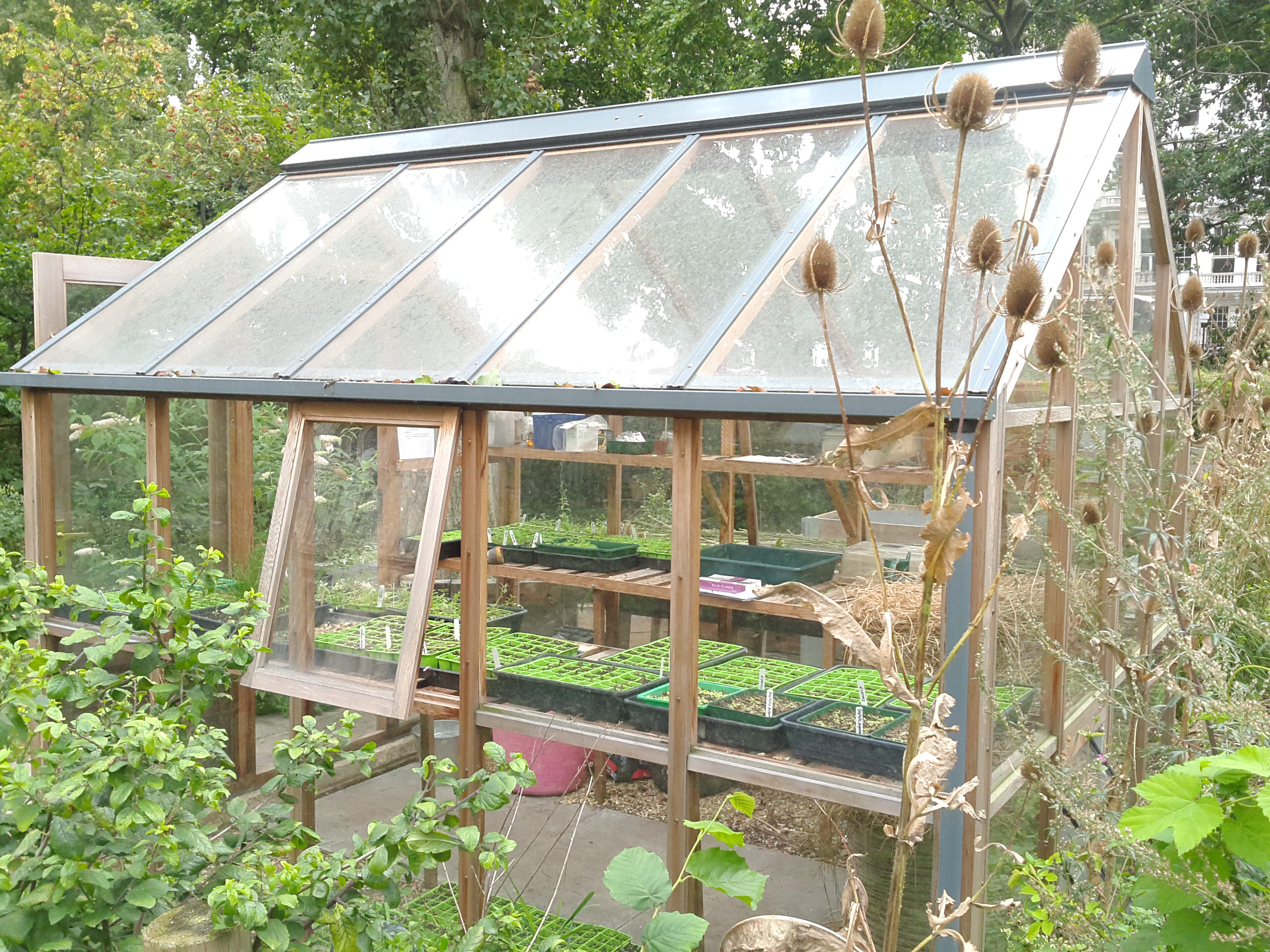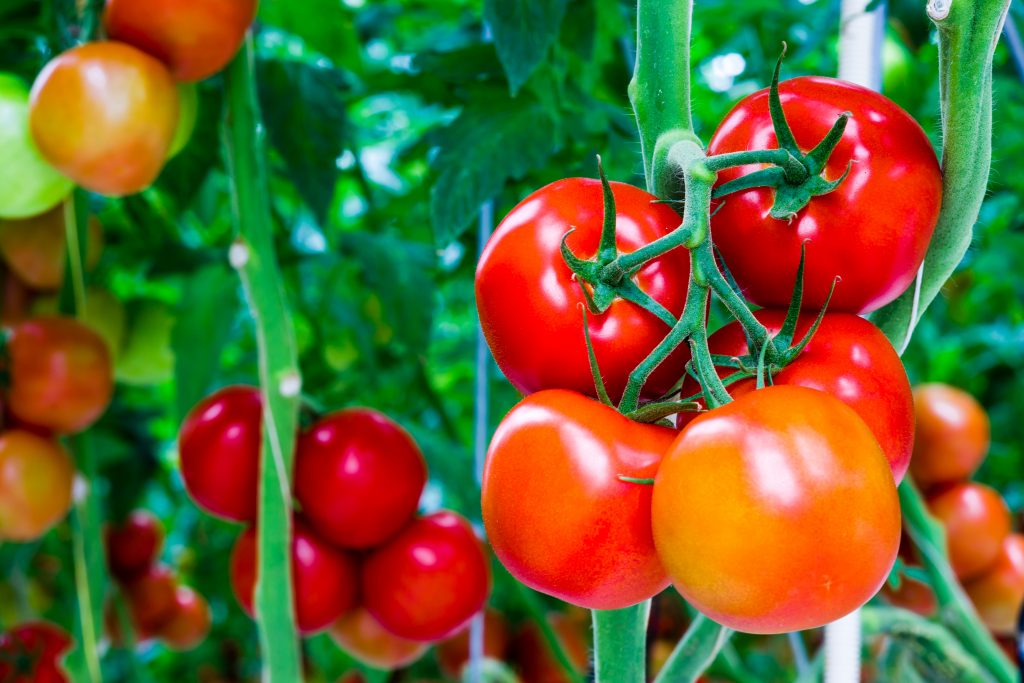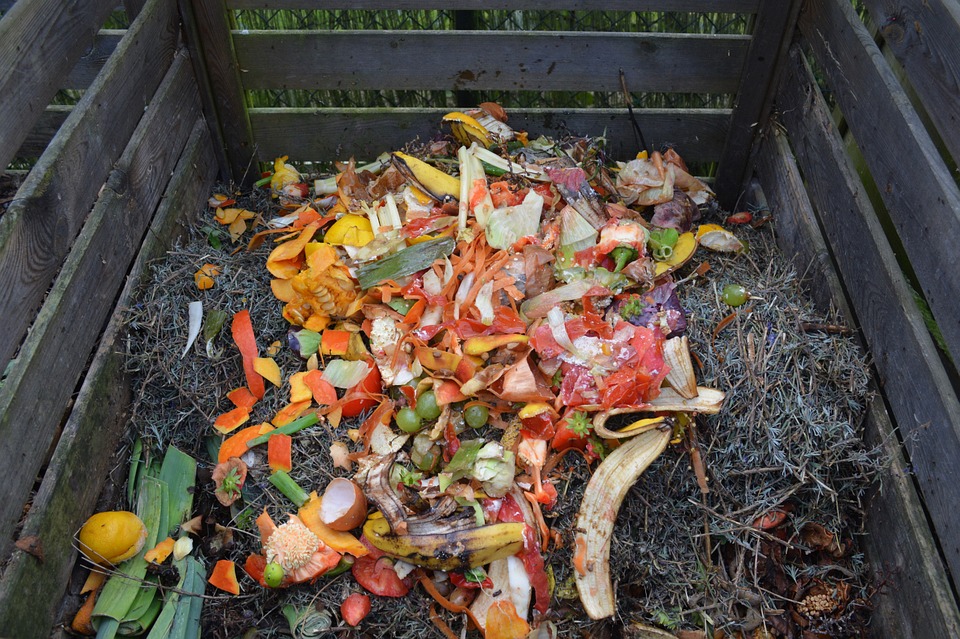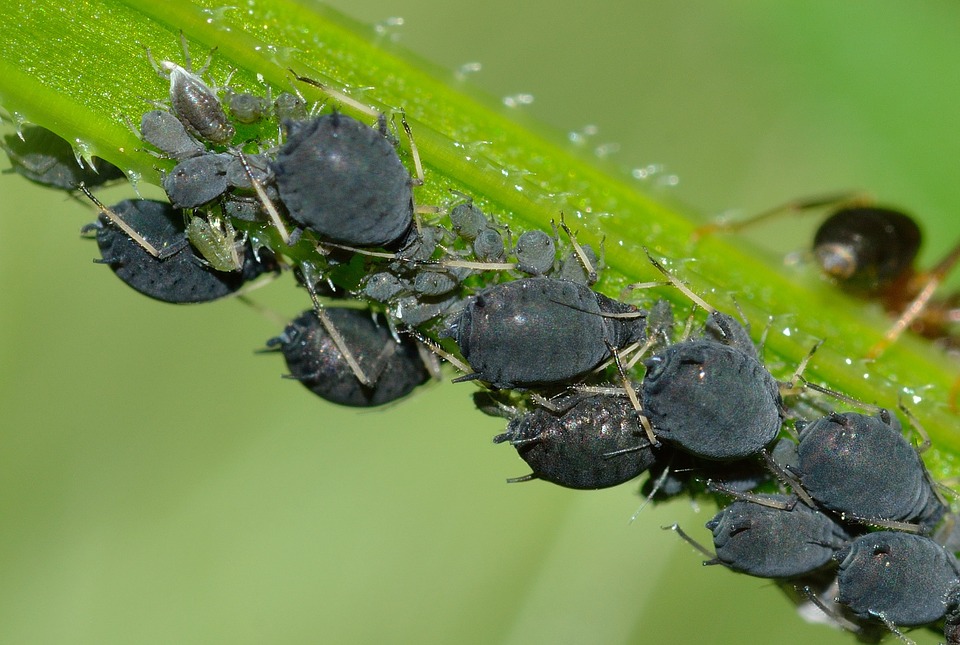All gardens lovers dream of having their own greenhouse. If this is you, this article is perfect for you. Here, you will learn how to create the ideal environment to grow your own vegetables and flowers.
To get going, follow these 6 simple tips for the construction of your own greenhouse.
1. Decide What You Will Grow
Figure out the what and the how will follow, as they say. Yet, most people omit to follow this first step and start building their greenhouse before even knowing what they want to grow. Deciding on whether you will harvest green veggies or plant exotic flowers will be crucial in determining where you will construct your greenhouse. Choosing the style will then be easier as well.
2. Style and Materials Go Hand in Hand
The next step will be to identify what type of greenhouse you will go for. Considering the size, shape and frame will allow you to assess which style will be more suitable to meet your needs. A variety of options are available, like a barn, geodome greenhouse or a solar-heated one, and each of these is structured in a specific way that takes into account its future functionality.
After the style comes the choice of materials. While wood offers more flexibility and a natural look, aluminium, on the other hand, is more popular and durable. Again, your selection will depend on what you will grow in your greenhouse. These days, there are numerous websites that allow you to freely design your own greenhouse plan.
3. Pick the Appropriate Cover
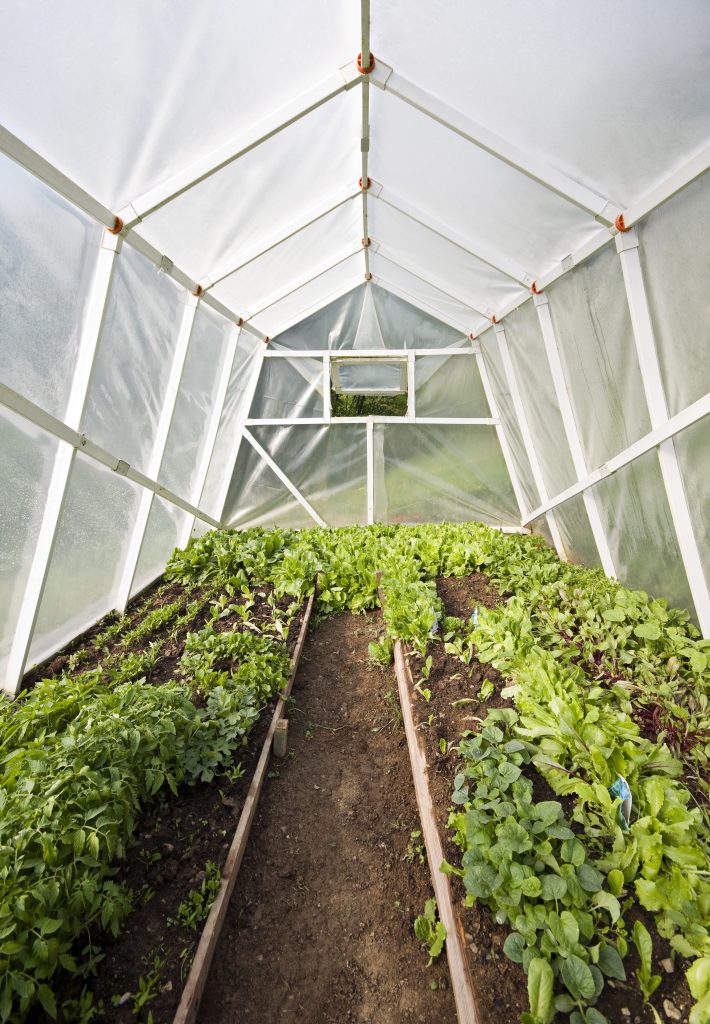
As the saying goes, you reap what you sow. In this context, it will rather be you reap what you cover. In fact, deciding on the appropriate covering for your greenhouse will help you grow perennial plants or vegetables.
For instance, to encourage germination, it is better to opt for a clear covering as the soil will be warmer when receiving direct sunlight. Selecting panels that are opaque, however, will boost the growth of vegetation in the long term.
4. Consider Door Functionality
Deciding on the appropriate door for your greenhouse is not just a matter of design choice. You need to ensure that the doorway to your sheltered area is energy-efficient and that it will enable a proper control of the indoor temperature. Functionality will also be a key factor in choosing your door. For instance, if you want to optimize the space in your greenhouse, you are better off with a sliding door to a hinged opening.
5. Improve the Air-Quality
Plants produce oxygen, but need carbon dioxide (CO2) as well as water and direct sunlight to photosynthesize. Photosynthesis is the process through which vegetation uses water and CO2 to grow and produce their food. Therefore, you need to make sure that air will move freely in your greenhouse by adding effective ventilation.
Greenhouses easily collect heat and, to prevent your plants from dying in hot weather, especially during summer, think about installing vents to cool down your greenhouse. You can find different cooling options by shopping around, including mechanical and natural ventilation.
For the winter snaps, it is advisable that you plan suitable heating systems to prevent your crops or flowers from freezing from the cold.
6. Remember Water and Compost
Another question that you have to ask yourself is, how will you supply your soil with water? Will a watering can do the trick or will it be essential that you install a spigot and a hose? There are diverse ways of watering your plants and it will depend on the overall area of your greenhouse.
Last but not least, the final step is to maintain moisture in your soil and keep diseases and pests away. Fertilizers and composts will allow you to do so. One last tip if you want to kill two birds with one stone, is to let your organic compost decompose in a corner of your greenhouse to create heat during the coldest months.
With these tips, you are now ready, so grab your tools and start the construction of your own greenhouse. Leave a comment to share how yours turned out.
